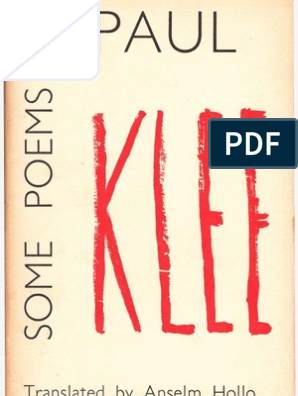0% found this document useful (0 votes)
28 views7 pagesRole of Literature in Palestinian Struggle
Palestinian literature has evolved from oral traditions to a distinct national movement, reflecting themes of identity, nationalism, and resistance, particularly following the Nakba. The 'Poetry of Resistance' emerged as a powerful expression of the struggle for freedom and self-determination, with notable poets like Mahmoud Darwish and Fadwa Tuqan addressing loss, longing, and cultural identity. Additionally, Palestinian cinema has developed as a significant medium of resistance, challenging stereotypes and offering unique perspectives on the Palestinian experience.
Uploaded by
Abdu raheman kCopyright
© © All Rights Reserved
We take content rights seriously. If you suspect this is your content, claim it here.
Available Formats
Download as PDF, TXT or read online on Scribd
0% found this document useful (0 votes)
28 views7 pagesRole of Literature in Palestinian Struggle
Palestinian literature has evolved from oral traditions to a distinct national movement, reflecting themes of identity, nationalism, and resistance, particularly following the Nakba. The 'Poetry of Resistance' emerged as a powerful expression of the struggle for freedom and self-determination, with notable poets like Mahmoud Darwish and Fadwa Tuqan addressing loss, longing, and cultural identity. Additionally, Palestinian cinema has developed as a significant medium of resistance, challenging stereotypes and offering unique perspectives on the Palestinian experience.
Uploaded by
Abdu raheman kCopyright
© © All Rights Reserved
We take content rights seriously. If you suspect this is your content, claim it here.
Available Formats
Download as PDF, TXT or read online on Scribd
/ 7























































































